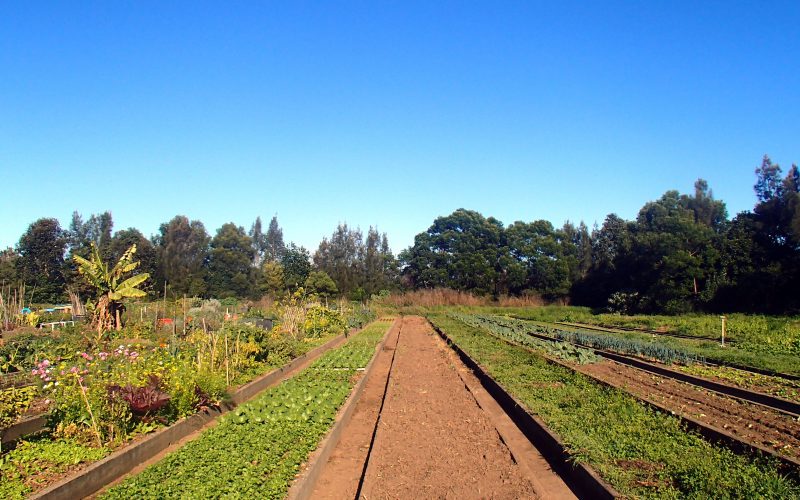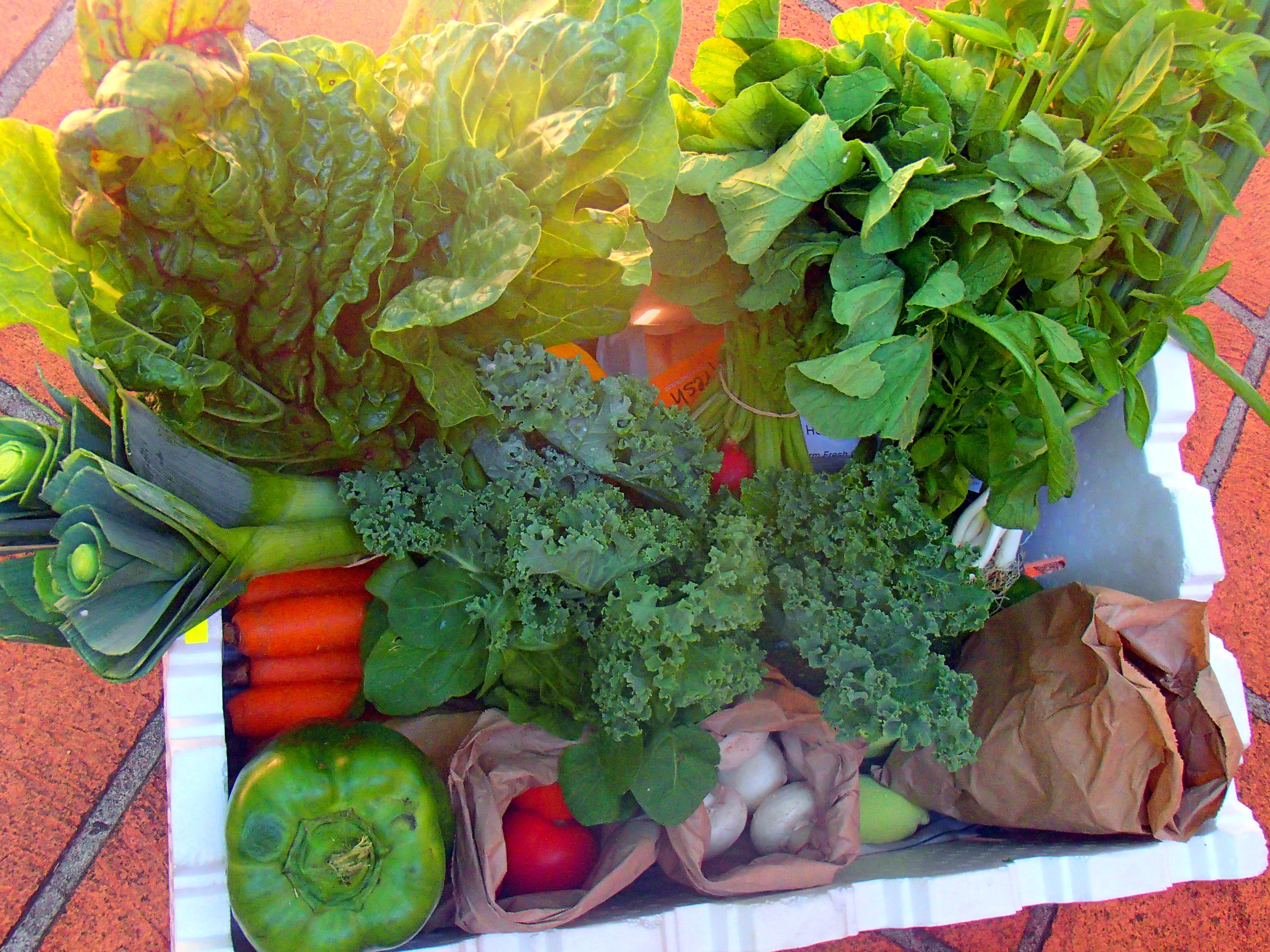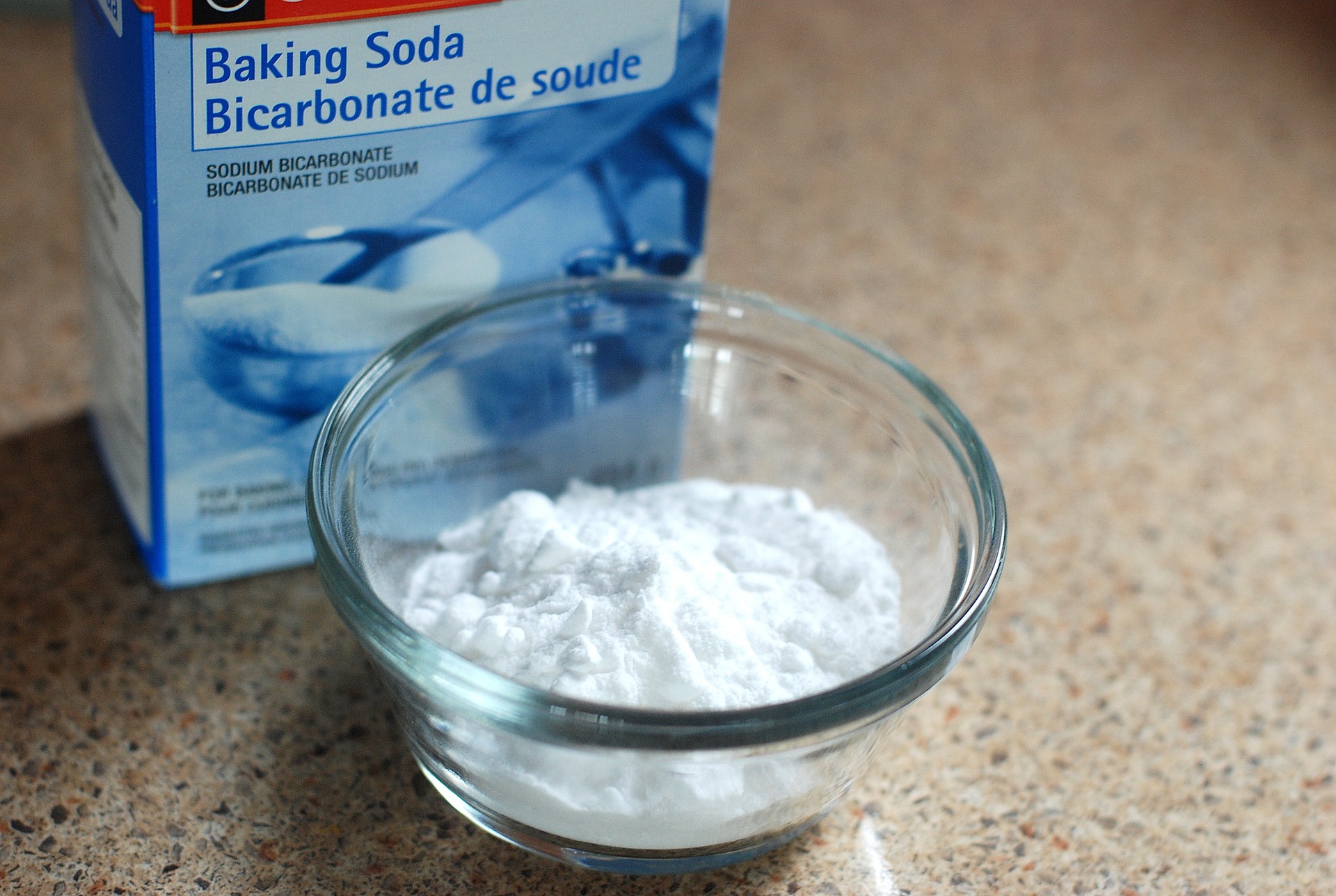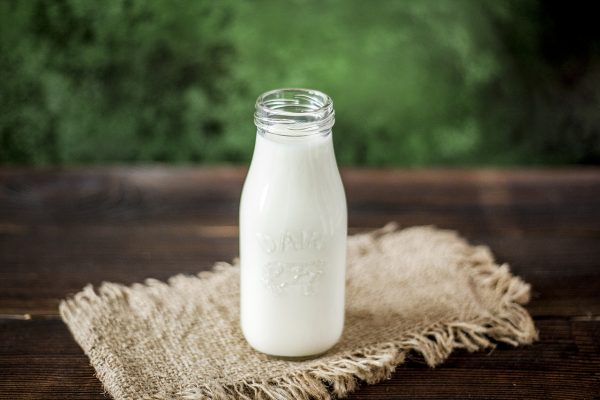We are trying to grow a few of our own vegetables in our little backyard. Last season we had tomatoes, chillies, and (almost) zucchini. We enjoy our attempts at growing our own food although we’re not very good at it. The aim though is to show our kids where our food comes from.
Our little backyard doesn’t qualify as such but urban farms try to do the same as us: bringing people and food production closer together. It’s all about growing fruit and veggies coupled with the occasional animal in small urban spaces.
Urban farms
Urban farms aren’t about replacing traditional agriculture but about supplementing. Most often the projects aim to rejuvenate neighbourhoods and to foster relationships between people. Urban farms are most often (also) a social enterprise.
Urban farms are flourishing around the world with more and more small farms setting up and starting a business. It’s not about size, it’s about being local and about a seasonal production of fruit and vegetable. And it’s about connecting people with their food production again.
Some farms are set up as cooperatives where farmers work together to grow their food on a large piece of land.
And sometimes, a single person works a large backyard with hand tools, sun and rain.
There is no blueprint for urban farming. It’s about trial and error. And it’s about utilising available space to grow food.
What to do with all the produce
Urban farms can produce quite impressive amounts of fruit and vegetable. Brooklyn Grange, an urban farm in New York City, for example, produces almost 23.000 kg of fruit and vegetable each year. If a farm doesn’t produce solely for the people involved, there are a couple of ways to let the wider community enjoy the freshness of the produce – from farmers’ market to delivery schemes.
In my case, it’s a veggie box I get delivered weekly with veggies from an urban farm, 15 km down the road. Previously, I posted about my experience with them over the years. Today, I want to get even closer and introduce my ‘veggie man’, as my kids like to call him.
Meet Dave, an urban farmer and creator of my weekly box with fresh fruit and vegetables. It’s his business to pack over 60 boxes per week and deliver them in the area. And he does it with passion and determination.
Veggie boxes
Dave grows his produce in a community garden where people grow anything, from broccoli to Chinese greens. Some chickens call the farm their home as well as. It’s a colourful mix of locals, refugees, city dwellers and experienced farmers who work side-by-side.
Dave started off with one bed, 30m long to grow fresh greens for his family and friends. For him, it was about providing something local, fresh, and organic. About one year ago Dave decided to take his farm one step further and start (back) with the veggie boxes. He revived his Facebook page and the rest is history, as they say.
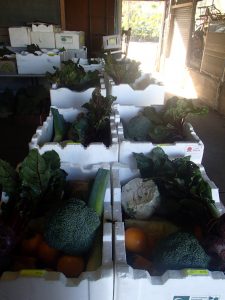 I visited Dave on one of his delivery days, in the middle of putting together 21 boxes, including my own. Each box has a name tag and gets special attention. Sam, for example, doesn’t like pumpkin but would like an extra cauliflower. So, in that goes. It’s a personal affair.
I visited Dave on one of his delivery days, in the middle of putting together 21 boxes, including my own. Each box has a name tag and gets special attention. Sam, for example, doesn’t like pumpkin but would like an extra cauliflower. So, in that goes. It’s a personal affair.
Each box contains 15 different items (and eggs, if desired). This week I got: carrots, potatoes, beetroot, kale, silverbeet, mushrooms, broccoli, leek, a quarter pumpkin, half a cabbage, half a cauliflower, bananas and oranges, topped with some fresh coriander and fresh lettuce.
Fresh from Dave’s beds came eight of those items, the remainder comes from an organic wholesaler. I wondered why and got the straight up answer: limited space. In particular potatoes and carrots take up a lot of space. Bananas and oranges don’t grow in our region so they have to come from another part of Australia. In order to get a good box together, he has to order these ingredients.
Getting the box together takes time and manpower. The harvesting starts the day before a delivery day. The wholesaler delivers twice a week and these items go into a cool room. And then it’s packing time.
Each box is packed with love and attention to detail: if a broccoli is too small, put two in. A pumpkin looks brown, it doesn’t go in. Some waste is inevitable and all pieces are pre-washed and pre-assessed.
Urban farms as business
Dave’s business is not about business but about providing locals with fresh produce. He grows or sources everything himself. For him it’s about getting people away from the supermarkets and to the local farmers, cutting out the middleman.
Dave is not alone in his quest of bringing people into contact with their food production. Urban farms continue to flourish and even though some experience setbacks – from floods to vandalism – the idea continues to gain momentum. And maybe one day we get to the point where Havana, Cuba is at: producing almost 90 percent of fresh fruit on urban farms.
